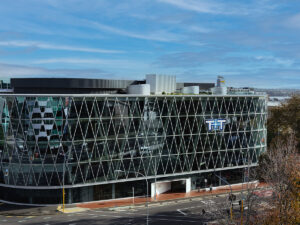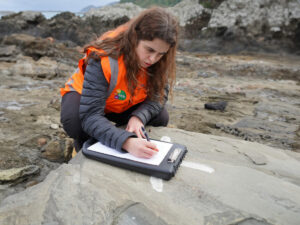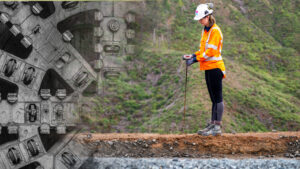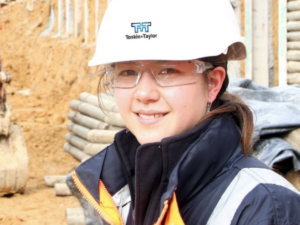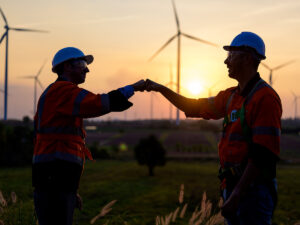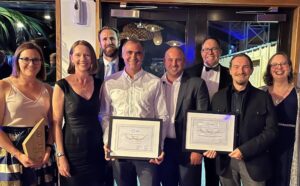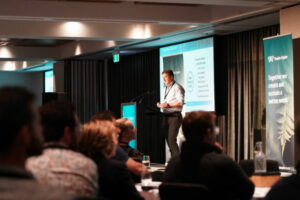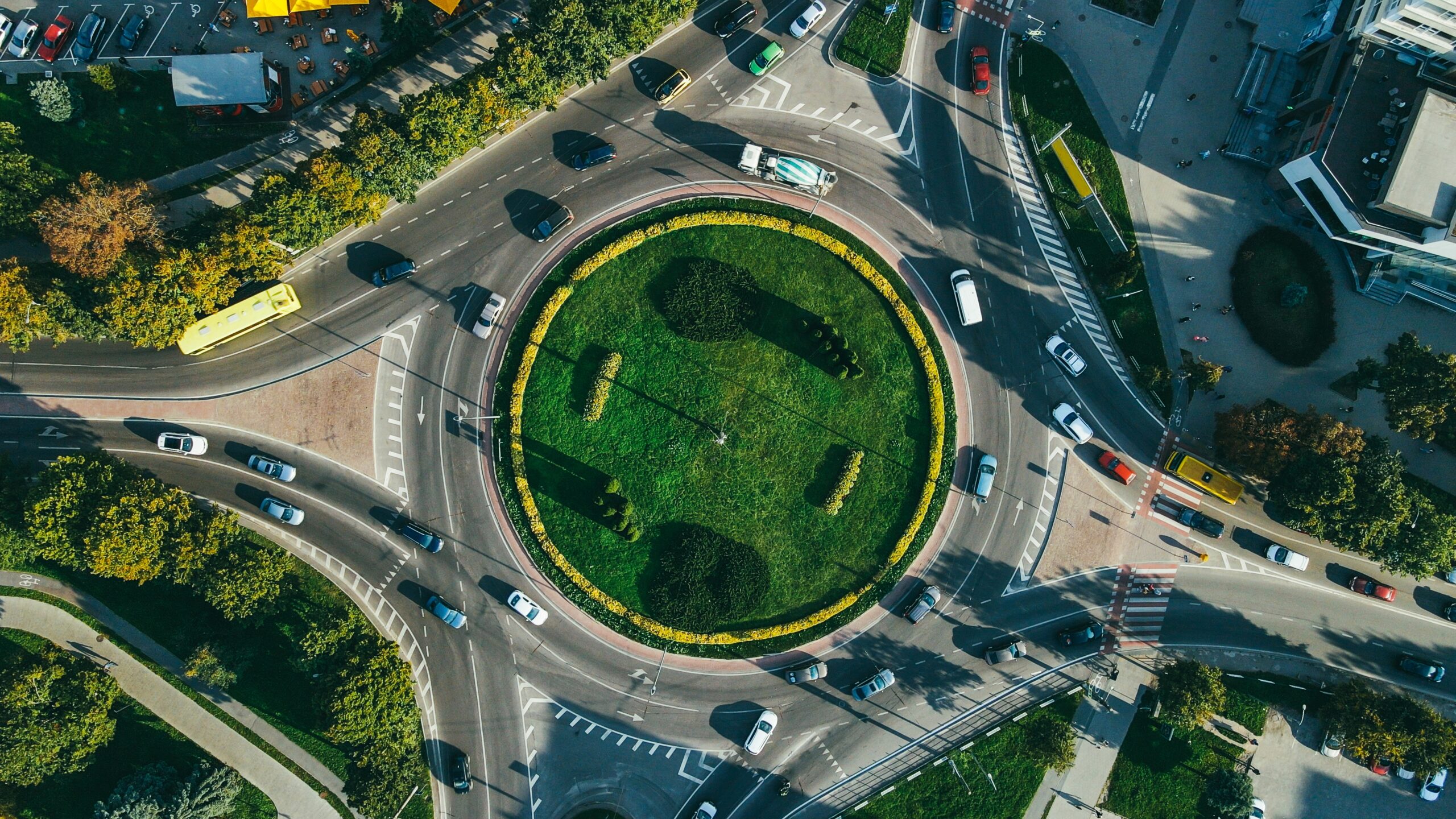The world has lofty goals when it comes to decarbonisation; and the infrastructure industry has a critical role to play. By adopting circular economy principles in the design, construction and maintenance of critical assets, the infrastructure sector can contribute significantly to the global reduction of carbon emissions.
In 2023, the term circular economy is in common usage, and most of us are familiar with its meaning. But as a quick recap for the uninitiated, circular economies are based on three core principles: the elimination of waste and pollution; the circulation of products and materials at their highest and most valuable state; and the regeneration of nature.
Unlike our current economy, which is linear by design – we take materials from the earth, make products from them and eventually dispose of them as waste – circular economy principles unsurprisingly work in circles instead. It’s important to note that a circular economy isn’t one single circle – it’s made up of many circles, and these circles vary in size. A single circle may be a single industry or a single product, like car manufacturing. It could be one state or territory, as we see focused on in Victoria’s Recycled First Policy, or it could be a whole country.
Adopting circular economy principles in the infrastructure sector will involve integrating sustainable practices across every facet of operations. This includes planning for materials to be recycled at the end of their lifecycle, integrating methods for utilising waste, designing infrastructure for longevity and adaptability, and curbing emissions through smart technologies.
Circular advantage
Circular economy practices not only enhance the sustainability credentials of an organisation or project, they also create new value, reduce costs and increase resilience. In fact, in the 21st century, a circular approach to the planning, design, construction and maintenance of assets is crucial to the ongoing viability of infrastructure asset owners themselves.
As infrastructure developers, we need to plan for the long term. The projects we’re currently planning are more than likely going to be around for the next 100 years. This means that we need to design and build them with longevity in mind. It’s a daunting task, but it’s essential. The world is facing a scarcity of resources, and we need to use them wisely.
By planning for the long term, we can ensure that our infrastructure is sustainable and efficient. Australia has always been referred to as the lucky country, and we find ourselves in a rare position globally of being resource rich with a relatively low population. Now is the time for us to work out what we do well in the circular economy space, particularly relating to infrastructure and manufacturing, and look to build on those successes. We have the resources to build a circular economy, and we have the skills and knowledge. We just need the political will to do so too.
At Tonkin + Taylor, we have a unique role to play in that we understand both the infrastructure project lifecycle, and we have an intimate understanding of sustainability. We work with a number of clients across Australia and New Zealand to help them identify the right places to adopt circular principles, and focus on the concept of using the right material in the right place at the right time.
A great example is the number of Major Road Projects Victoria (MRPV) developments that we’re currently involved with. These developments are utilising low carbon concrete and recycled products; and the Mickleham Road Upgrade in particular has focused on creating a real sustainability culture across the entire project team.
By engaging the entire team and having a number of conversations about sustainability at all levels of these projects – including with team members you traditionally wouldn’t associate with great sustainability outcomes – we are achieving some phenomenal results for the development, the client, and most importantly, the environment and local community.
Sustainability is about doing things differently; and throughout the lifecycle of an infrastructure project, interventions can be made to realise more sustainable outcomes. Of course, the earlier in the project lifecycle you look at how this may be achieved, the bigger the potential gains. But even in an advanced project, the best time to start a conversation about sustainability and circularity, and start realising the many benefits, is today.
Sustainability and circularity are key to infrastructure success. Contact our specialists for help with your sustainable infrastructure goals by emailing australia@tonkintaylor.com.au or calling +61 3 9863 8686.
(This article was originally published in the September edition of Infrastructure magazine.)


